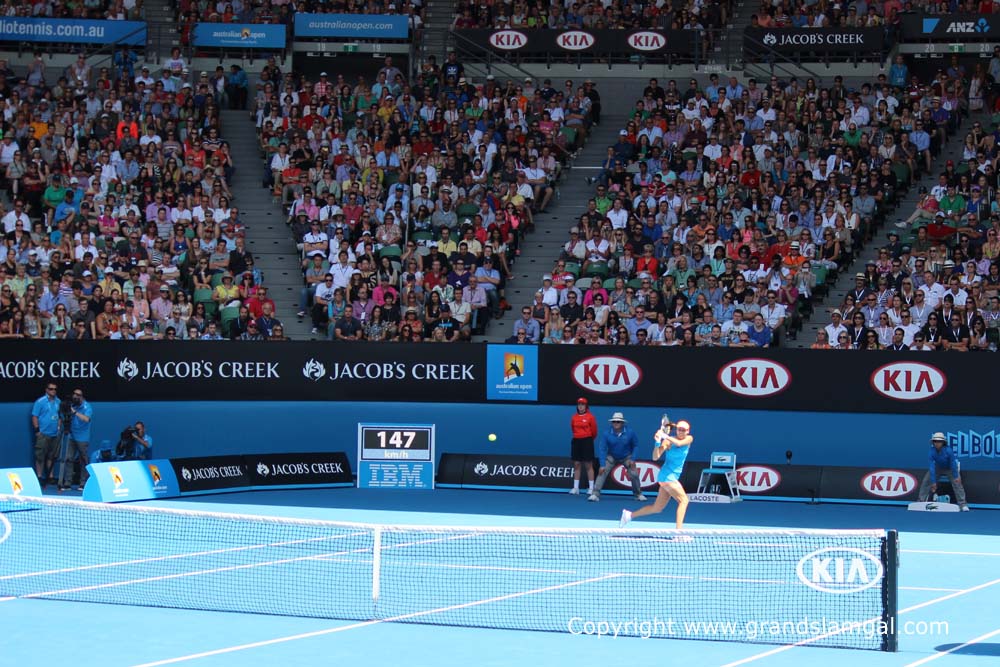


The Australian Open turned to iAuditor by Safet圜ulture to digitize their OH&S procedures and Court Services. With the frequency of checks required - twice daily for daily event checklists, sometimes more for safety officers, catering outlets, and construction - paper and pen can quickly become cumbersome. This involves rigorous checks in order to inform and pre-empt the operation within the precinct and manage safe work conditions. The Australian Open settles for nothing short of the highest levels of compliance and safety. From makeshift beach clubs to an excess of 80 graffitied shipping containers, the Australian Open employs techniques and activations you don’t often see at other events. There are over 400 temporary structures on site, and each year these change to provide an innovative and fresh experience for attendees. And the footprint of the Australian Open continues to grow.” The redevelopment continues to get bigger.

“If we go back to 2020, we had over 800,000 people through the gates,” says Lee. To give some idea of the scale of operations, we spoke to Lee Ross, the Manager of Safety, Compliance and Emergency Management for the Australian Open. With the Australian Open hoping for crowds to return to a pre-pandemic level in 2022, it demands a new, innovative approach to the day-to-day running of the Grand Slam. Getting the precinct tournament ready is a huge process and one that starts months in advance - and as soon as the last match finishes, the Australian Open team is already thinking and planning for the next year. The grounds are a little over two kilometers from end to end and the venue itself can hold over 75,000 people per day. The Australian Open is held each year at Melbourne Olympic Park.


 0 kommentar(er)
0 kommentar(er)
